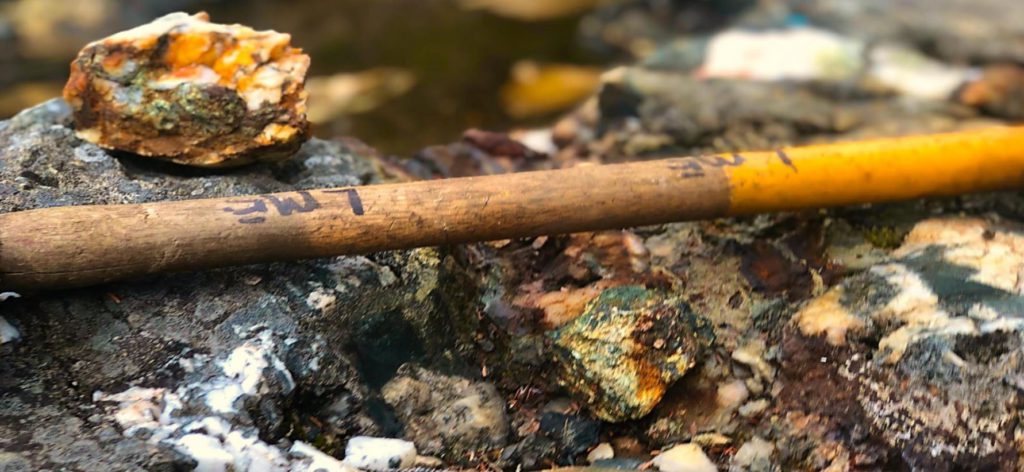Laurion confirms continuity of mineralization at polymetallic Ishkoday project in Ontario

The three new holes are part of a 15,000-metre drilling campaign design to confirm the presence of continuous mineralization from the A zone to the CRK zone, over a strike of 3 km. The drilling began at A zone to follow up on the southeast extension of gold- and base metal-rich mineralized zones intersected in 2020. Drilling will then move to the CRK zone to follow up on the high-grade gold Joe structure.
The latest assay results have confirmed the continuity of the A zone to the southwest by 160 metres since the previous exploration update, and intercepted the stacked gold- and zinc-rich epithermal and orogenic gold veins, within a 65-metre-thick mineralized zone of the southwestern extension of the A zone.
Of particular interest was drill hole LBX22-060, which intersected 8.4 metres (6.7 metres true width) at 0.62 g/t gold, 3.05% zinc and 0.15% copper, including 1.0 metre (0.8 metre true width) at 0.61g/t gold, 4.27% zinc and 0.19% copper; and 2.3 metres (1.8 metres true width) at 1.15 g/t gold, 4.20% zinc and 0.23% copper.
To date, a total of 9,463 metres in 26 diamond drill holes have been drilled, with assays pending for one drill hole in the A zone, eight drill holes in the McLeod zone, and five drill holes between the A zone and McLeod zone that all intercepted the stacked veins.
The Ishkoday project is host to a bulk, near-surface gold-polymetallic target over a 6-km by 1-km main outcrop area. Previous mining activity can be linked to the historic Quebec Sturgeon River gold mine, which produced 73,322 oz. gold and 15,929 oz. silver from 1936 to 1942.
Field work since 2018 has identified and confirmed surface targets on the property.




